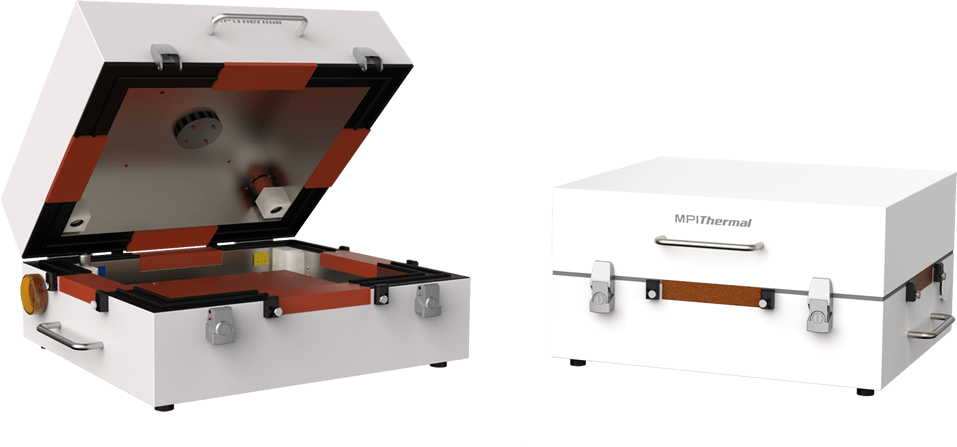The Single Best Strategy To Use For Environmental Reliability Engineering
Wiki Article

Exploring the Intricacies of Semiconductor Durability Testing in Harsh Conditions
Opening
In the fast-paced realm of technology, maintaining the reliability of semiconductors in extreme environmental settings remains a fundamental aspect of industry progress. This comprehensive exploration delves deeply into the methods and significance of semiconductor durability assessment in extreme environments, emphasizing its essential contributions in ensuring the durability and functionality of electronic gadgets.
The Core of Chip Durability Testing
Evaluating semiconductor reliability is a critical procedure which examines the resilience and consistent operation of chip components under diverse stressful conditions. These assessments are vital for spotting possible causes of failure and guaranteeing that semiconductors can withstand hostile external elements without jeopardizing performance.
Critical Assessment Factors
Temperature Fluctuations: Testing the capacity of the semiconductor to function efficiently over a wide temperature range.
Humidity Resilience: Evaluating the effect of humidity on semiconductor functionality.
Mechanical Stress: Assessing the ability of semiconductors to tolerate physical forces and vibrations.
Electrical Stability: Guaranteeing reliable electrical performance under fluctuating power situations.
State-of-the-art Methods in Durability Testing
By leveraging advanced technologies, semiconductor reliability testing has advanced to offer more precise and predictive insights.
Environmental Stress Simulation (ESS)
ALT simulates the long-term effects of environmental stressors in a condensed period, offering rapid feedback on likely failure modes.
Highly Accelerated Stress Screening
Highly Accelerated Stress Screening subjects semiconductors to extreme conditions exceeding their functional limits, identifying hidden defects and vulnerabilities.
FMEA
Failure Mode and Effects Analysis is a systematic approach that aids in spotting possible failure mechanisms and their impact on semiconductor functionality, guiding the development of more sturdy designs.
Importance of Semiconductor Dependability in Various Industries
The reliability of semiconductors is paramount across diverse sectors, encompassing consumer electronics, aerospace, and automotive industries. Dependable semiconductors assure Low-Temperature Semiconductor Testing the safety and efficiency of vital systems in cars, airplanes, and medical devices.
Future Developments in Chip Reliability Testing
The future of semiconductor testing is moving towards incorporation of artificial intelligence and machine learning algorithms for prognostic analysis, improving the precision and efficiency of testing processes.
In Conclusion
Chip reliability testing in extreme environments constitutes an indispensable aspect of the technological landscape. Its ongoing evolution and growing sophistication play a pivotal role in driving innovation and securing the trustworthiness of electronic gadgets in our progressively digital world.